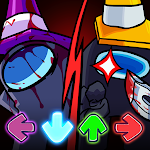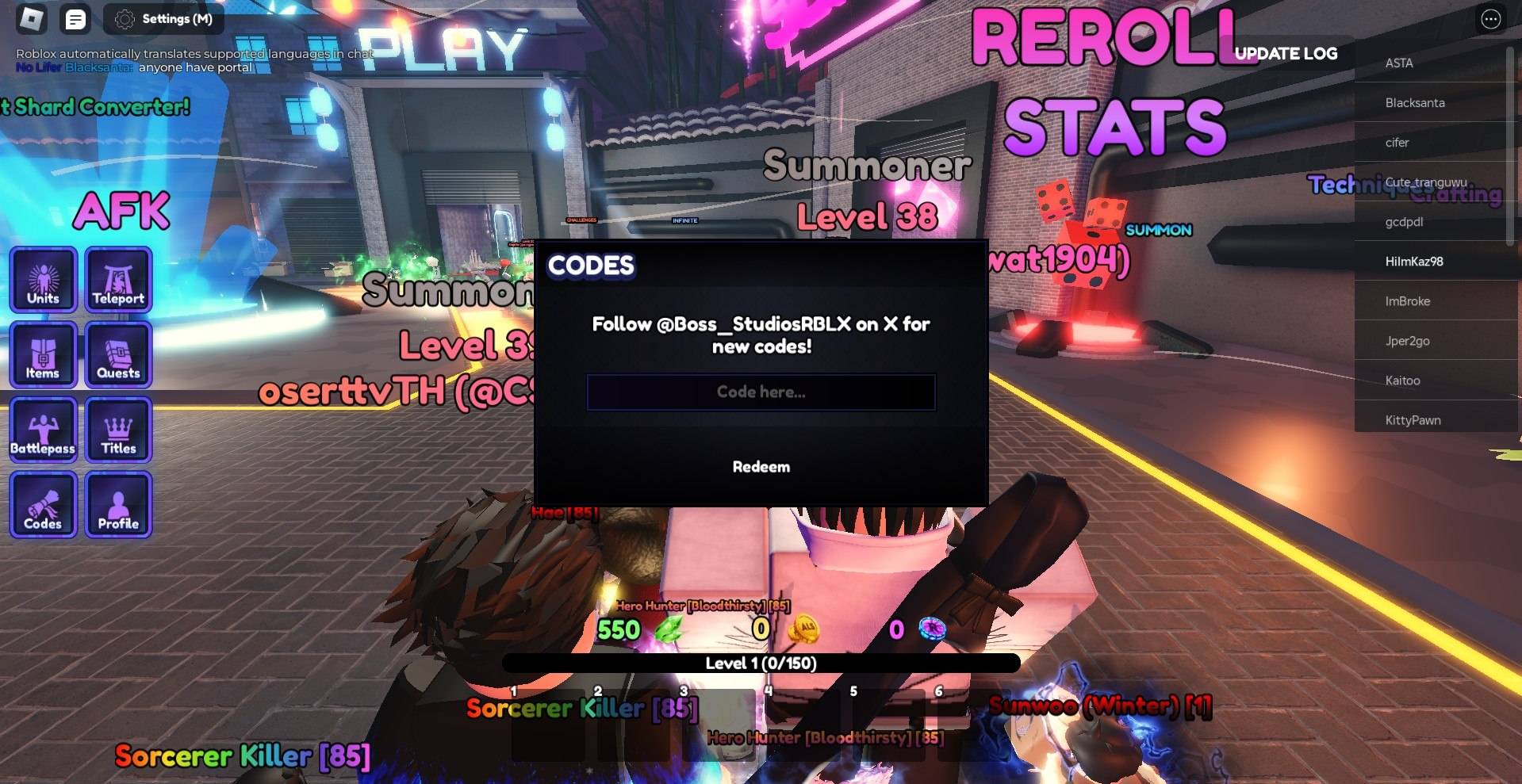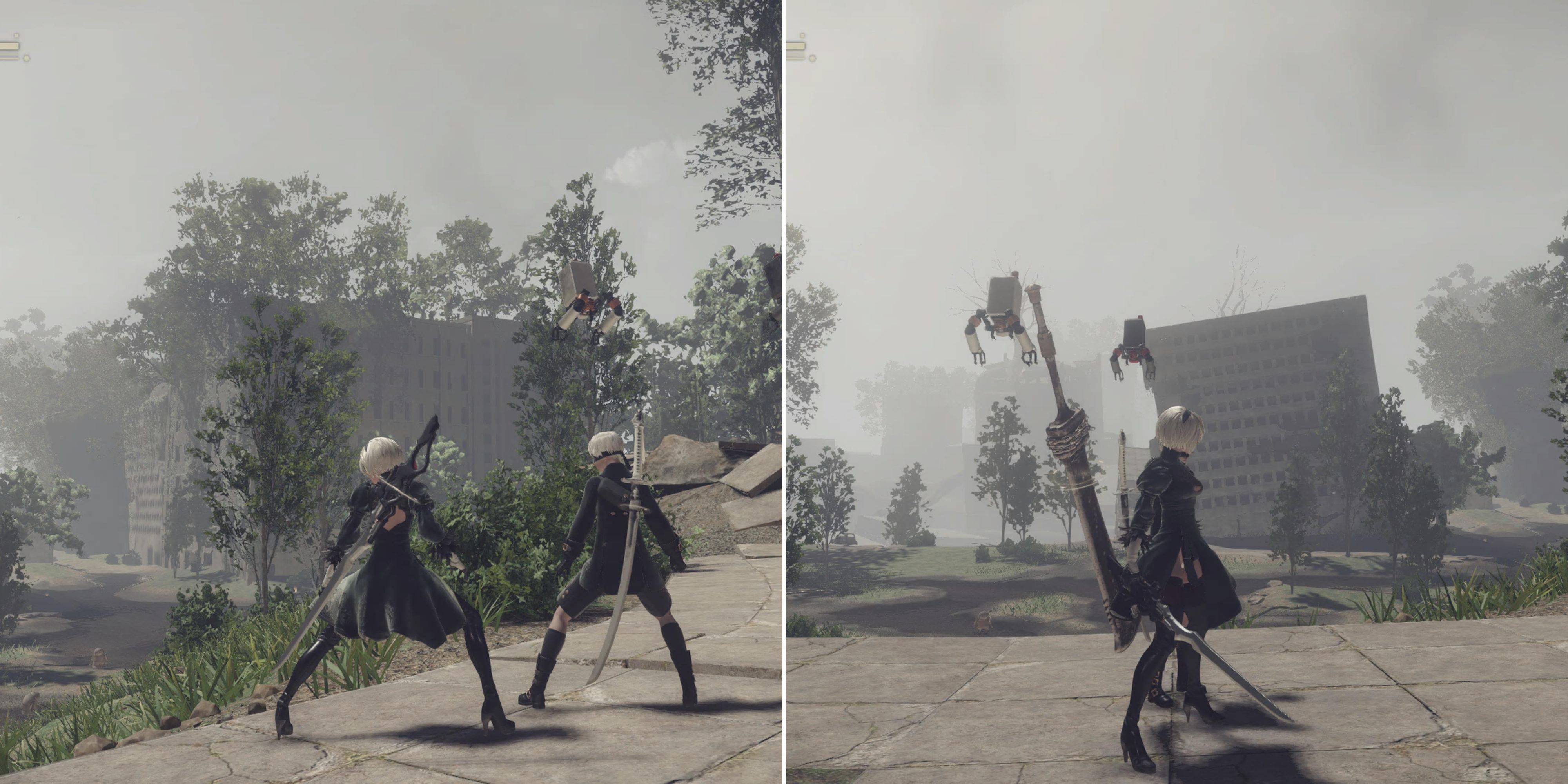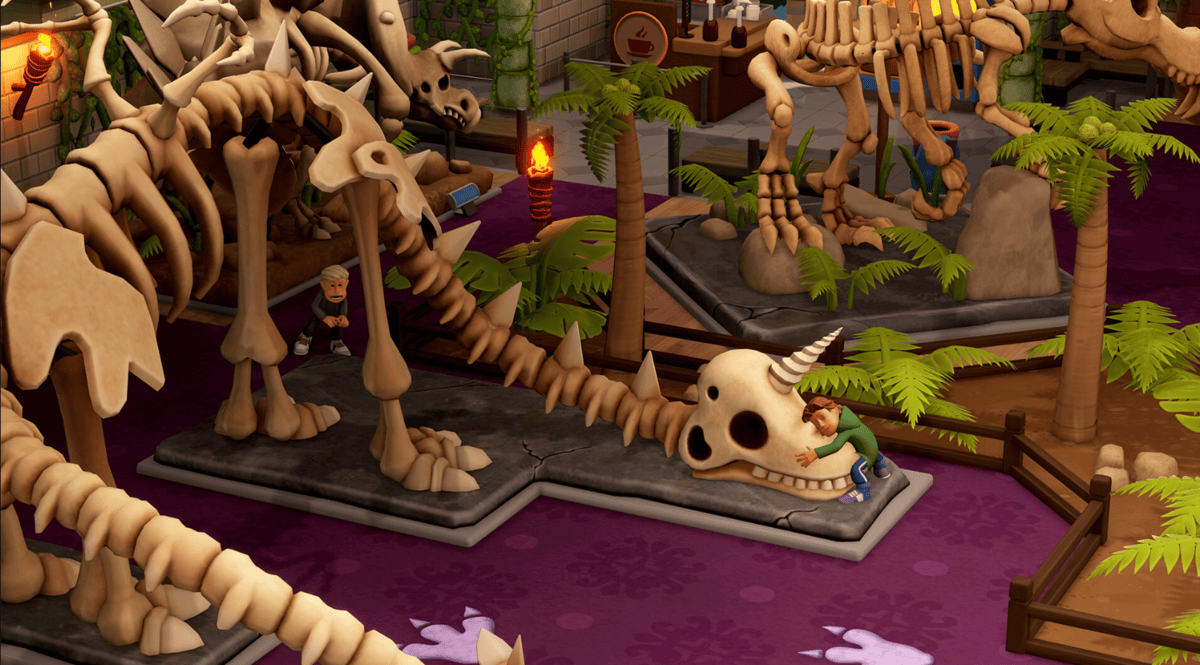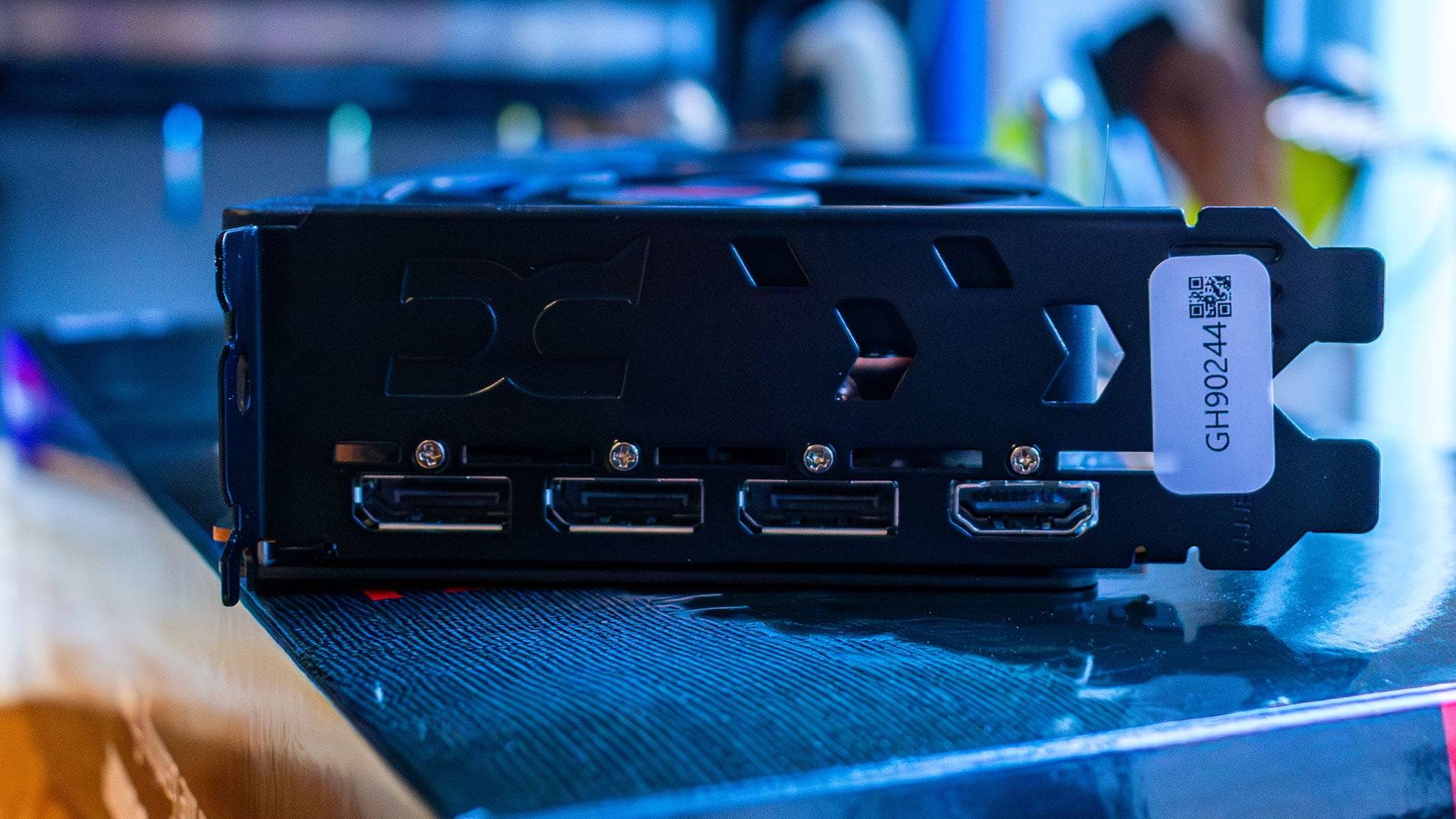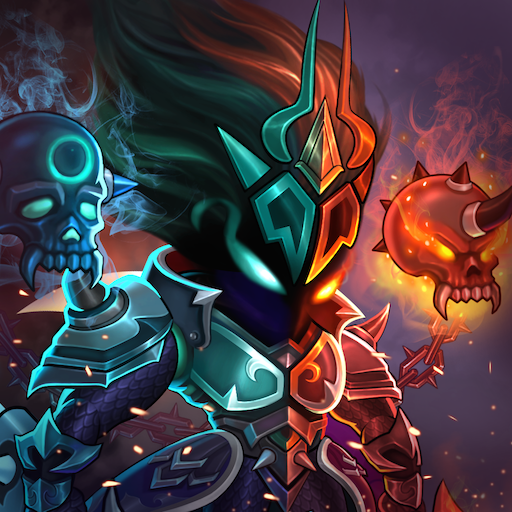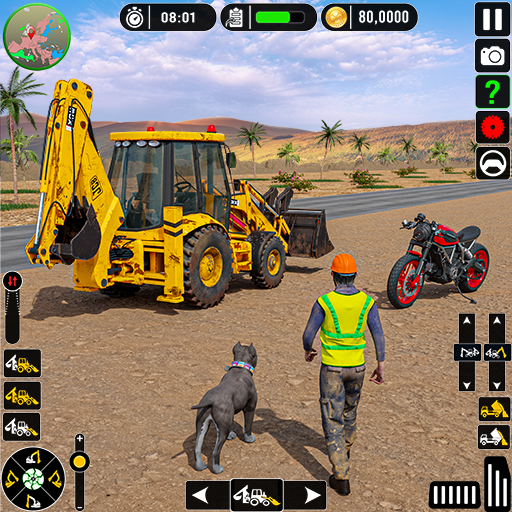Board Game Dive into Resident Evil
Steamforged Games' Resident Evil board game series brings the survival horror to your tabletop. This review covers Resident Evil, Resident Evil 2, and Resident Evil 3, along with their expansions.
Core Gameplay:
Each game (1-4 players, best with 2) features similar mechanics: players navigate locations (using tiles), gather items, fight enemies (dice-rolling combat), and manage tension (via a tension deck). Turns consist of Action, Reaction, and Tension phases. Combat involves balancing risk and reward, as shooting attracts enemies. The games offer multiple scenarios, playable as standalone adventures or a connected campaign. Character and tile crossover between games is possible, though not explicitly stated in the rules.

Resident Evil (2023):
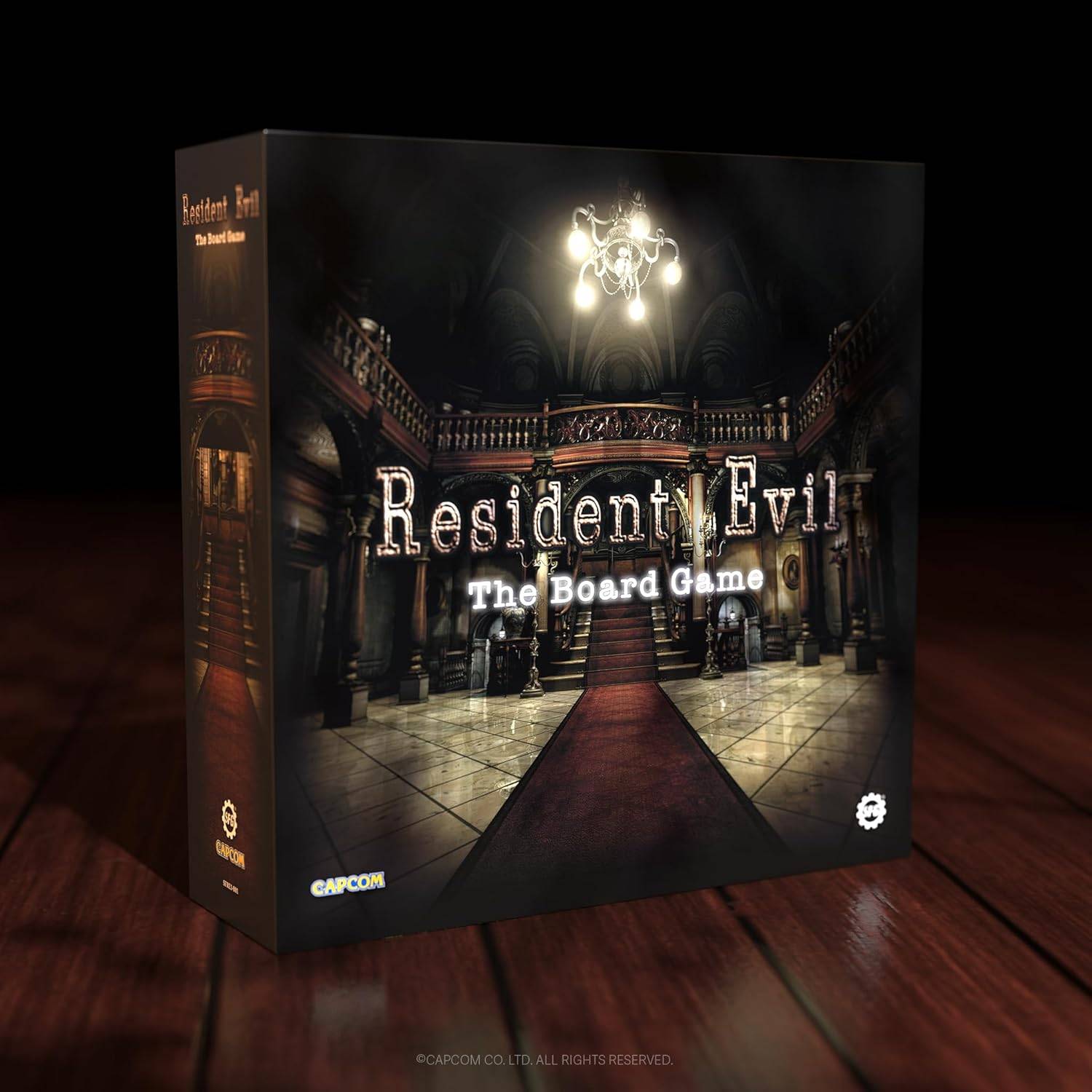
- MSRP: $114.99 USD
- Players: 1-4 (best with 2)
- Play Time: 60-90 minutes (per scenario)
- Ages: 14+
This refined entry improves upon its predecessors. Players explore the Spencer Mansion with iconic characters (Jill, Chris, Rebecca, Barry) and support characters (Wesker, Marini, Aiken, Vickers). The modular board (using cards) streamlines setup. A new mechanic involves burning zombie corpses with kerosene to prevent their reanimation as stronger Red Zombies. Highly recommended as a standalone purchase.
Resident Evil 2 (2019):
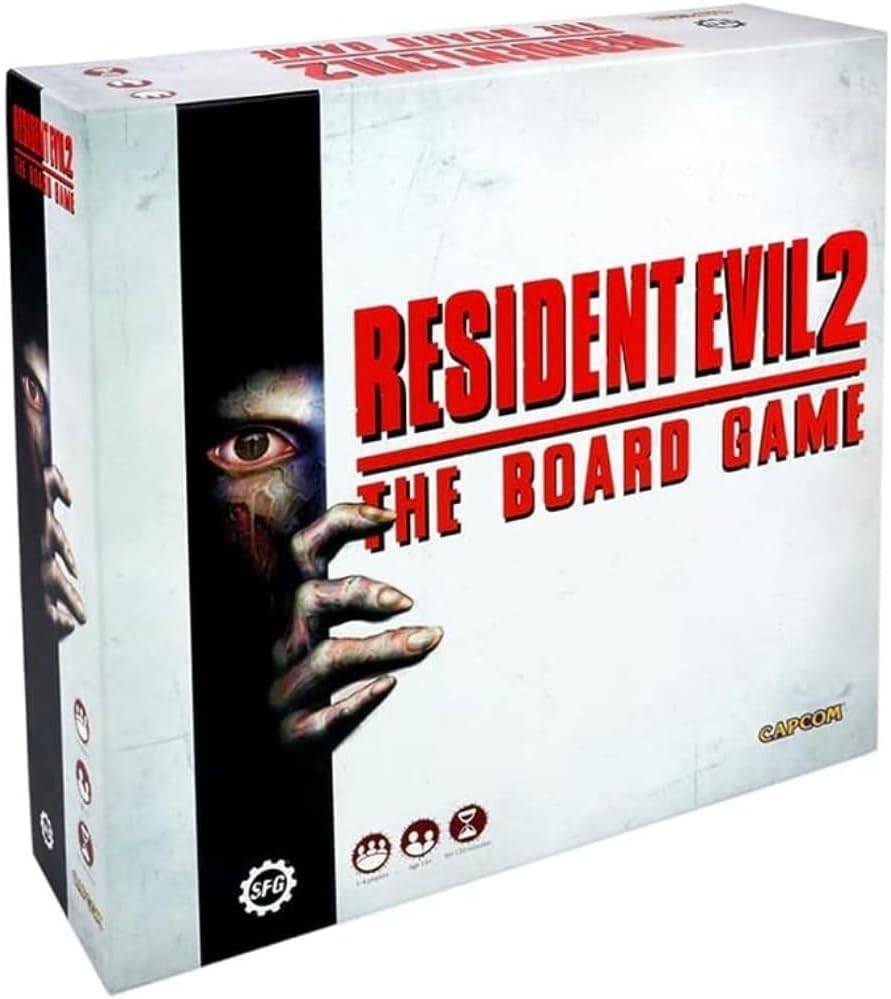
- MSRP: $114.99 USD
- Players: 1-4 (Best with 2)
- Play Time: 60-90 minutes (per scenario)
- Ages: 14+
The series' origin point, featuring Leon, Claire, Ada, and Robert Kendo against Lickers, Zombie Dogs, and Birkin across eight scenarios. While fun, it lacks the refinement of later entries, with darker tiles and some assembly issues. The linear campaign structure is less flexible.
Resident Evil 3 (2021):
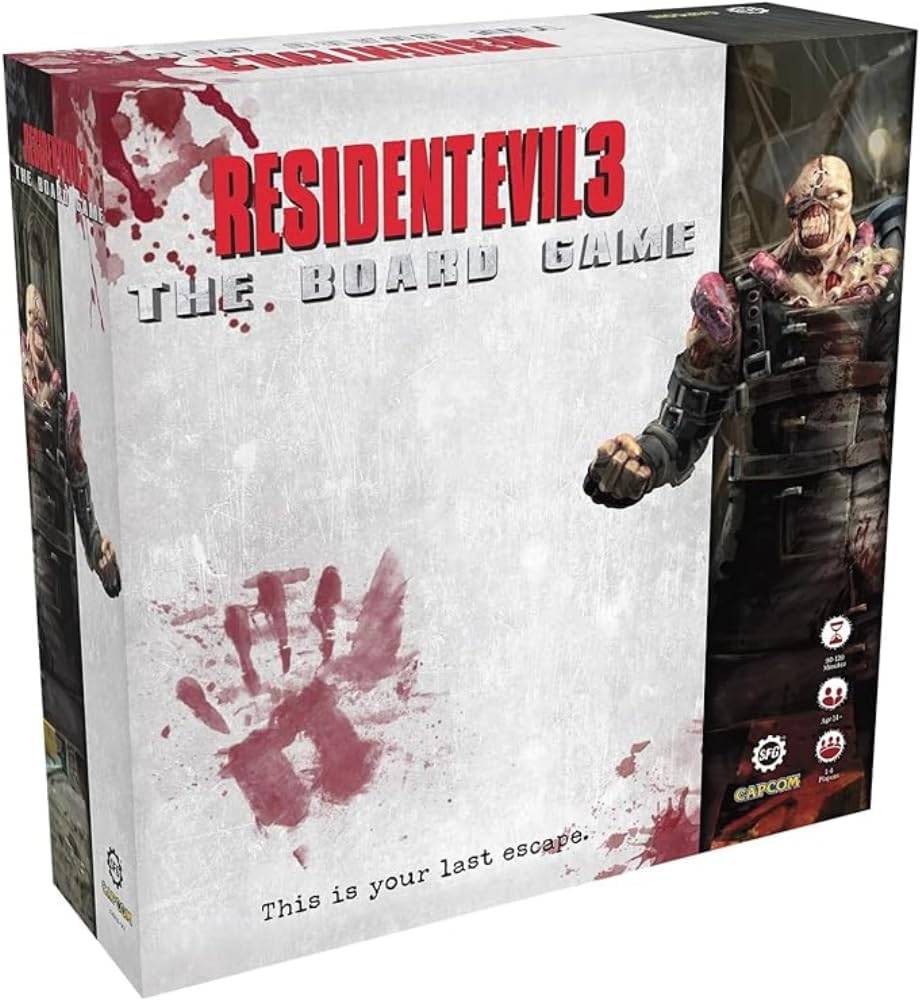
- MSRP: $114.99 USD
- Players: 1-4 (Best with 2)
- Play Time: 60-90 minutes (per scenario)
- Ages: 14+
Features Jill, Carlos, Mikhail, and Nikolai battling Nemesis in the ruined Raccoon City. Offers a more open-ended campaign than RE2, with a Danger Tracker reflecting the escalating threat. The scenario map (dashboard) is less polished than other components. A good starting point if you prefer a more flexible campaign.
Expansions:
Each core game has expansions adding scenarios, characters, enemies, and game modes. Notable expansions include:
- Resident Evil: The Bleak Outpost: Adds new locations, bosses (Neptune and Plant-42), and scenarios.
- Resident Evil 2: B-Files Expansion: Doubles the scenarios and adds new items, enemies, and the Mr. X escape challenge.
- Resident Evil 2: Malformations of G B-Files Expansion: Focuses on Birkin Stage Three.
- Resident Evil 2: Survival Horror Expansion: Adds playable characters (Annette, Sherry, Ben, William, Brian, Brad, Marvin), new enemies, and a PvP mode.
- Resident Evil 2: 4th Survivor Expansion: Introduces Hunk and Tofu, new modes, and a PVP race.
- Resident Evil 3: The Last Escape Expansion: Adds characters (Barry, Brad, Tyrell, Marvin, Dario, Murphy), new monsters, and a permadeath variant.
- Resident Evil 3: City of Ruin Expansion: Introduces nine new scenarios, locations (City Hospital, City Park, Dead Factory), new enemies, and Stage 3 Nemesis.
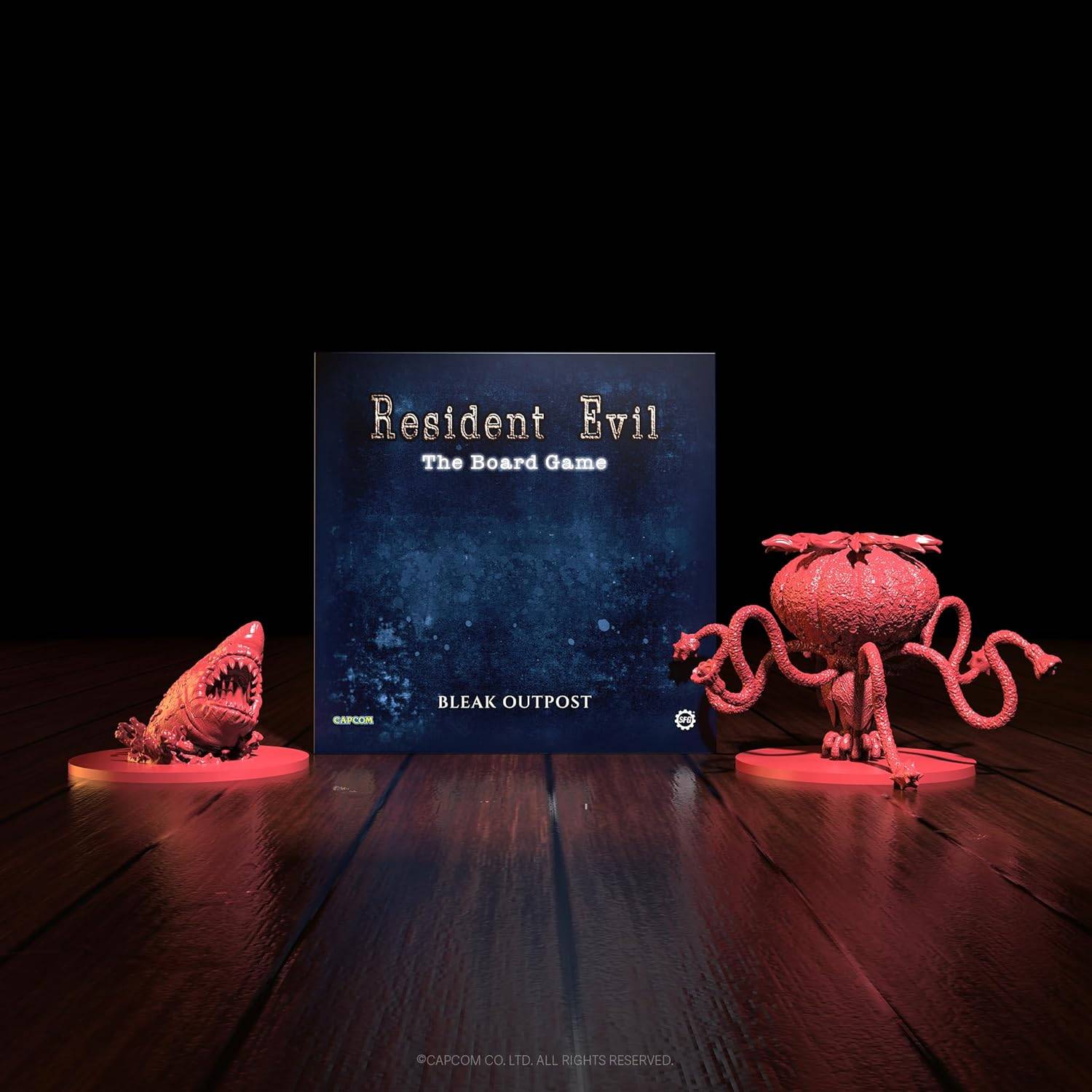
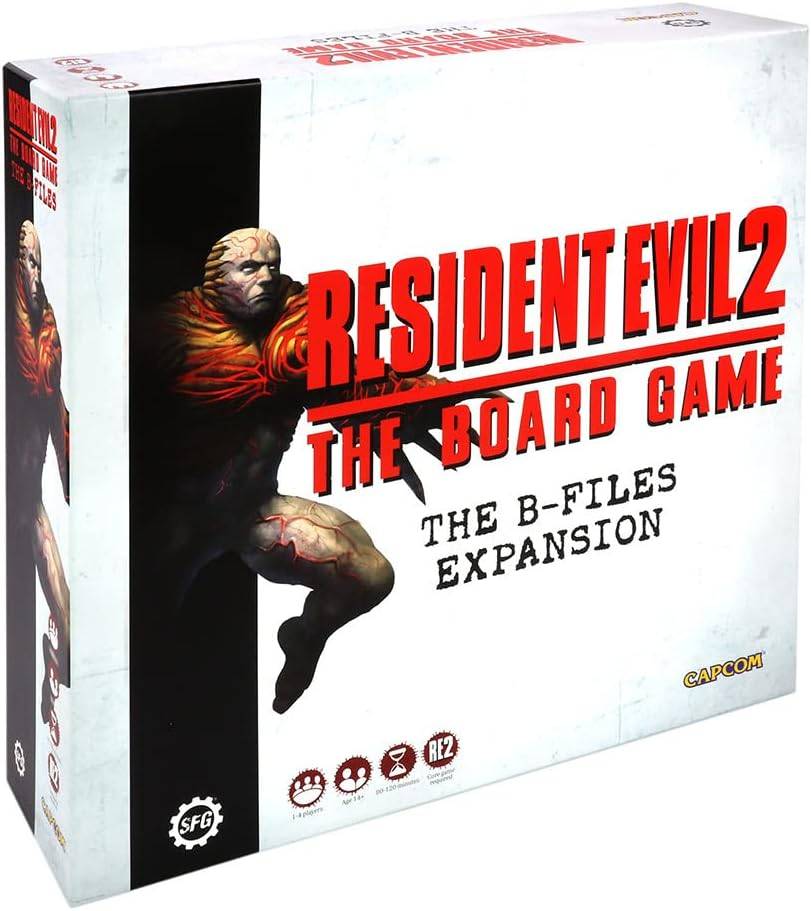
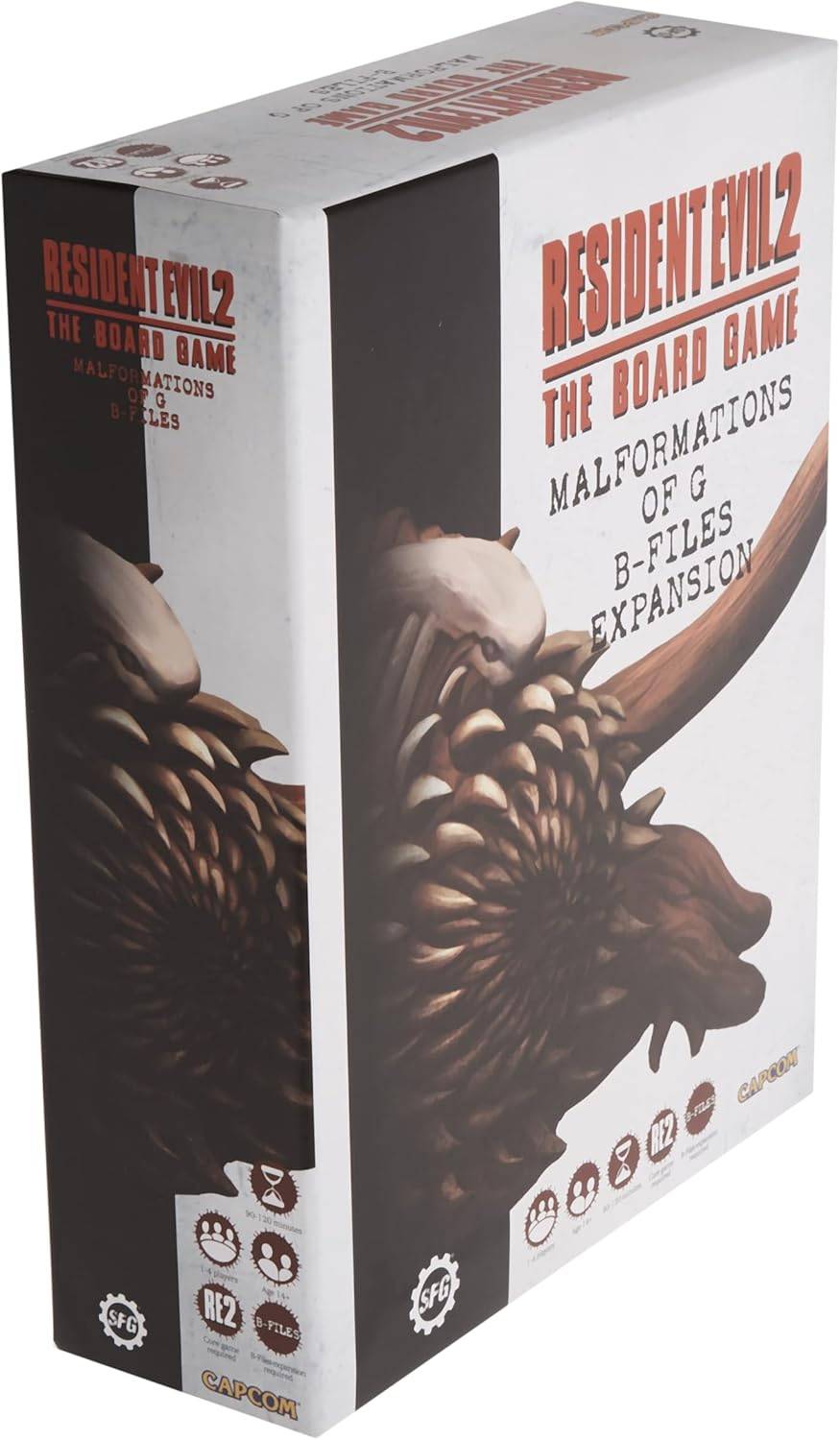
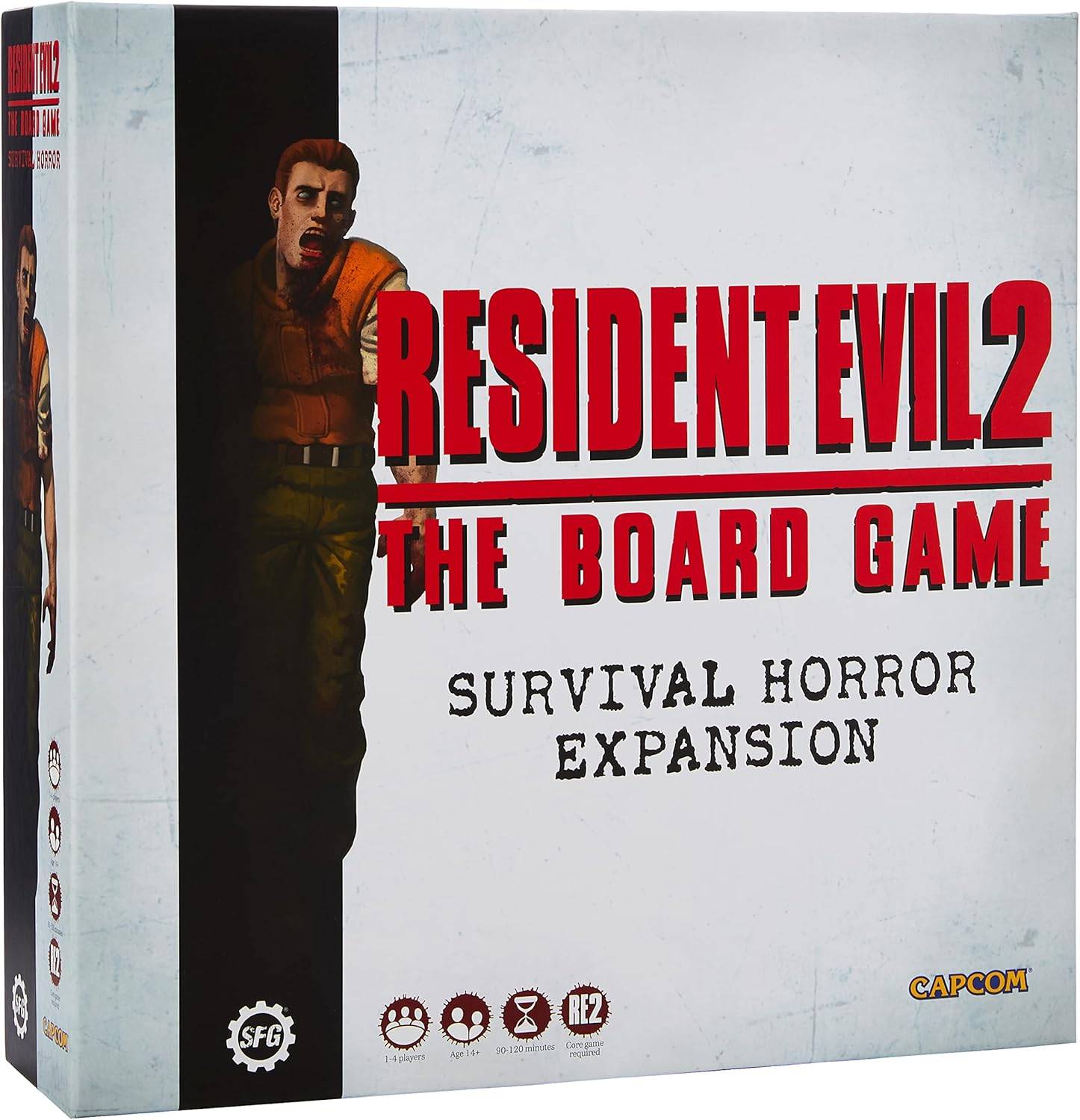



The Resident Evil board games offer a compelling blend of strategic gameplay and survival horror atmosphere. While Resident Evil (2023) is the most polished, each game provides a unique and enjoyable experience. Expansions significantly enhance replayability.
Latest Articles


![1xBet [Updated]](https://imgs.yx260.com/uploads/76/1719623227667f5e3be7616.jpg)







